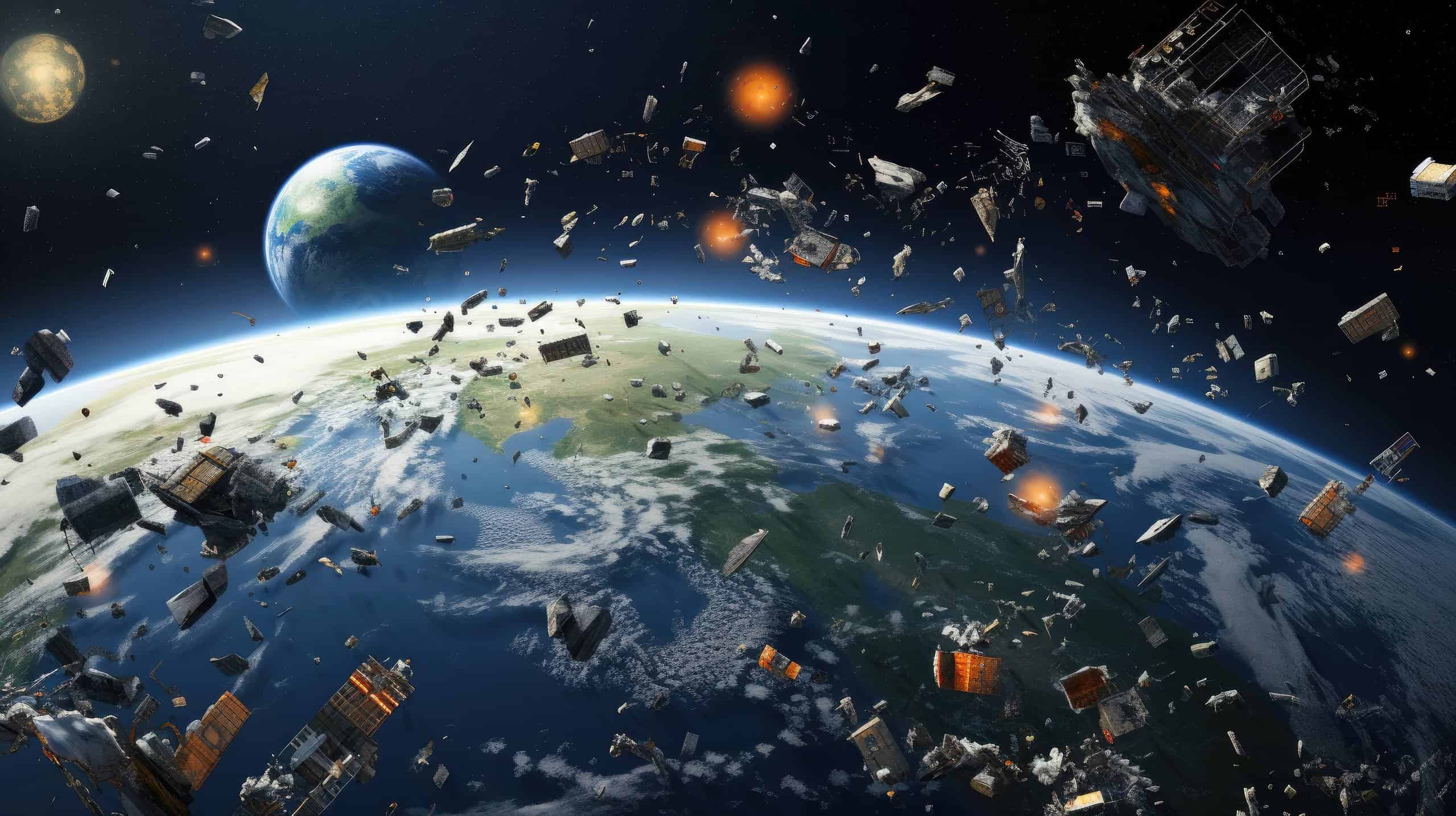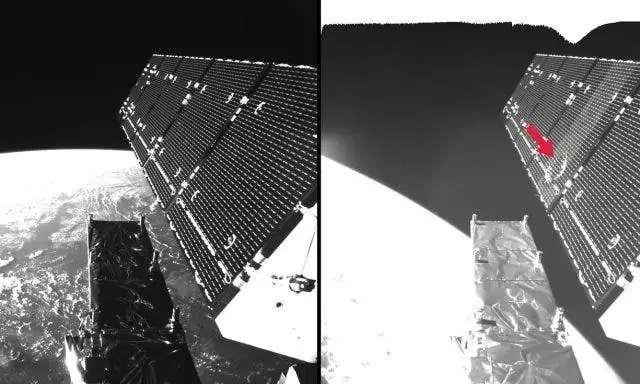
Imagine looking out your window and seeing trash floating by. I’d be pissed too. Now, transport that image to the final frontier: space. Debris in space, also known as ‘space junk’, is a growing issue, and U.S. authorities have decided it’s time to put their foot down. On October 2nd, the Federal Communications Commission (FCC) levied a landmark fine of $150,000 against Dish Network. The TV company failed to “properly deorbit” their EchoStar-7 satellite, which has been loitering in the sky since 2002.
The fine — the first of its kind — is very significant. It’s a loud and clear message that the stakes are high as the space economy grows.
Why the Fine?
When launched in 2002, EchoStar-7 took its place in a geostationary orbit roughly 36,000 km above Earth. Once its operational life ended in 2012, Dish Network pledged to move it to a “graveyard orbit” safely away from other satellites. But they fell short. Literally. Due to low fuel levels, the company only managed to boost it 120 km above its operational orbit. According to the FCC, this lack of altitude “could pose orbital debris concerns.”
Space junk is a huge problem
Space is indeed an infinite expanse, too vast to be cluttered — but Earth’s low orbit is a different thing entirely. Think of it like a busy highway, but instead of cars, you have satellites, spacecraft, and tons of debris whizzing around at incredible speeds exceeding 10 kilometers per second (around 6.2 miles per second). That’s more than 300 times faster than the speed limit on most US highways. One wrong move can lead to a catastrophic collision involving huge amounts of kinetic energy.
The European Space Agency reports over a million pieces of debris, larger than a centimeter, currently orbiting Earth. And these aren’t harmless specks of dust; they can “disable a spacecraft” and perhaps kill its crew.

This debris can come from all sorts of places — sometimes during incredibly stupid situations. In 2021, Russia conducted an anti-satellite test that generated hazardous debris, putting the International Space Station (ISS) at risk. Similarly, a Chinese anti-satellite missile test in 2007 resulted in a staggering 3,549 fragments.

Just last year, a Chinese satellite narrowly avoided colliding with Russian space debris, missing by a mere 14.5 meters. And let’s not forget, in 2021, a piece of orbiting junk punched a 5 mm hole in a robotic arm of the International Space Station. When it comes to space debris, the stakes are astronomical.
The FCC’s penalty marks a pivotal moment in the agency’s attempts to regulate space debris. The settlement with Dish Network includes an admission of guilt and an agreement to adhere to a future compliance plan. It’s a stern message: play by the rules or pay the price.
“As satellite operations become more prevalent and the space economy accelerates, we must be certain that operators comply with their commitments,” says FCC Enforcement Bureau Chief Loyaan A. Egal.
A Future in Flux
So, what’s the takeaway? The FCC’s groundbreaking decision demonstrates a growing commitment to policing the stars. As our reliance on satellites for everything from communication to navigation increases, the need for responsible behavior in outer space becomes imperative. And if low orbit becomes too cluttered, new missions could be delayed, or worse, put on indefinite hold. People might not be able to reach Mars or even the Moon until the orbit is cleaned up — and we currently don’t have any such cosmic janitorial technology to begin with.
“Right now there are thousands of metric tons of orbital debris in the air above — and it is going to grow. We need to address it,” said FCC Chair Jessica Rosenworcel.
New rules now require that satellite operators must dispose of their satellites within five years of completing their missions. However, we need more rules if we’re to protect space flight for generations to come.
In a world increasingly dependent on satellites, from GPS to streaming services, you could say that what happens up there, affects us down here.









